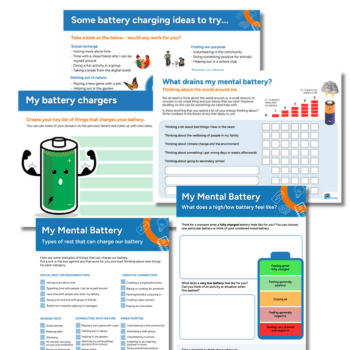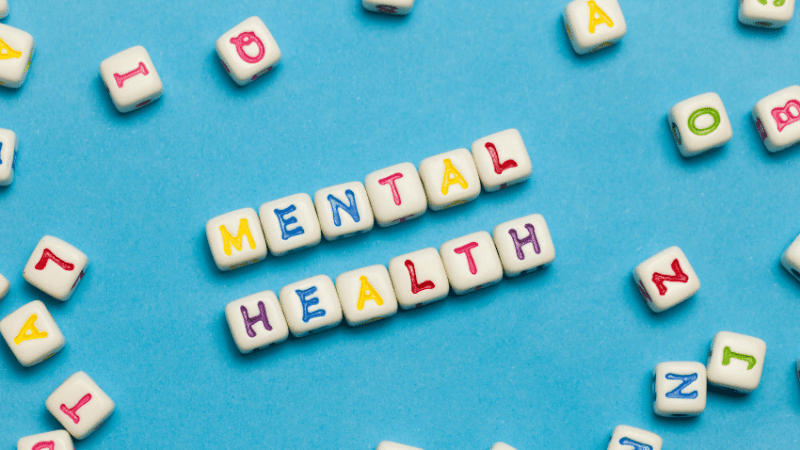Digital resilience – Helping students navigate life online

As students spend more of their lives online, schools play a vital role in helping them navigate risks, build resilience and develop healthier digital habits…
- by Roisin McEvoy
- Head of schools training at Anna Freud Visit website

By intervening early, school staff are well placed to help build digital resilience in young people…
Online experiences can be positive or negative – but also often complex and challenging for school staff to manage. It’s important to help your staff to understand, navigate and manage the emotional impact of the time students spend online. Do they know how to give young people the tools to face challenges online that can spill over into the real world? Here’s what can help…
Listen carefully
School staff often tell us that they worry their own lack of technological understanding is a barrier to supporting students experiencing issues online. However, you can make a meaningful difference without being a tech expert.
When something has gone wrong online for a student, a common pitfall can be to blame them – to say they ‘should have known better’, for example.
The most important thing is to listen carefully and reserve judgement. Responding with empathy and validation can encourage students to speak more openly and stay safe. It can also potentially negate long-term impacts on their mental health.
That said, it can also help to set up peer support groups to keep pace with emerging digital trends. Older students are more likely to be aware of important safety issues across various social media and gaming channels than adults. They can thus provide valuable advice and support regarding specific platforms.
Conduct open conversations
Young people have told us that when they discuss their lives online, it’s easier for them to reflect on the experiences and behaviours of others.
So, rather than planning open classroom discussions, bring concrete examples for students to consider. Take cyberbullying, which school staff tell us is one of their biggest day-to-day concerns.
It’s a valuable topic to explore, and can take many forms – such as the sending of hurtful or discriminatory messages, or reposting of private images.
Large groups can sometimes be involved, made up of individuals actively mocking or attacking someone, as well as bystanders.
Asking students to analyse such situations from a distance can help them better understand the impact of their actions (or inaction).
They may come to realise how witnessing bullying can be perceived as complicity by victims. They can also explore how the apparent anonymity of digital spaces can foster nastiness.
Promote positive internet use
Online experiences can be helpful as well as harmful. Research has highlighted significant benefits to being online for certain groups, including LGBTQIA+ young people. This includes the ability to create and join communities where members support each other.
However, it’s important to remember that marginalised (and often vulnerable) groups are at greater risk of being targeted by online abusers.
PHSE and RSHE lessons can be good settings for nuanced discussion around the dangers and opportunities presented by online spaces.
Raising awareness of how algorithms work can help students search out and discover more reassuring and affirming content, while blocking anything they find upsetting or disempowering.
Working with parents and carers is important too. Encouraging them to negotiate and agree boundaries around device use with their child, and review privacy settings together, can build trust and ultimately help to keep young people safe.
Roisin McEvoy is head of schools training at Anna Freud. Find out more about the charity’s ‘Digital Resilience: Growing Up Online’ training for school staff and its free ‘Schools in Mind’ network for education professionals.










